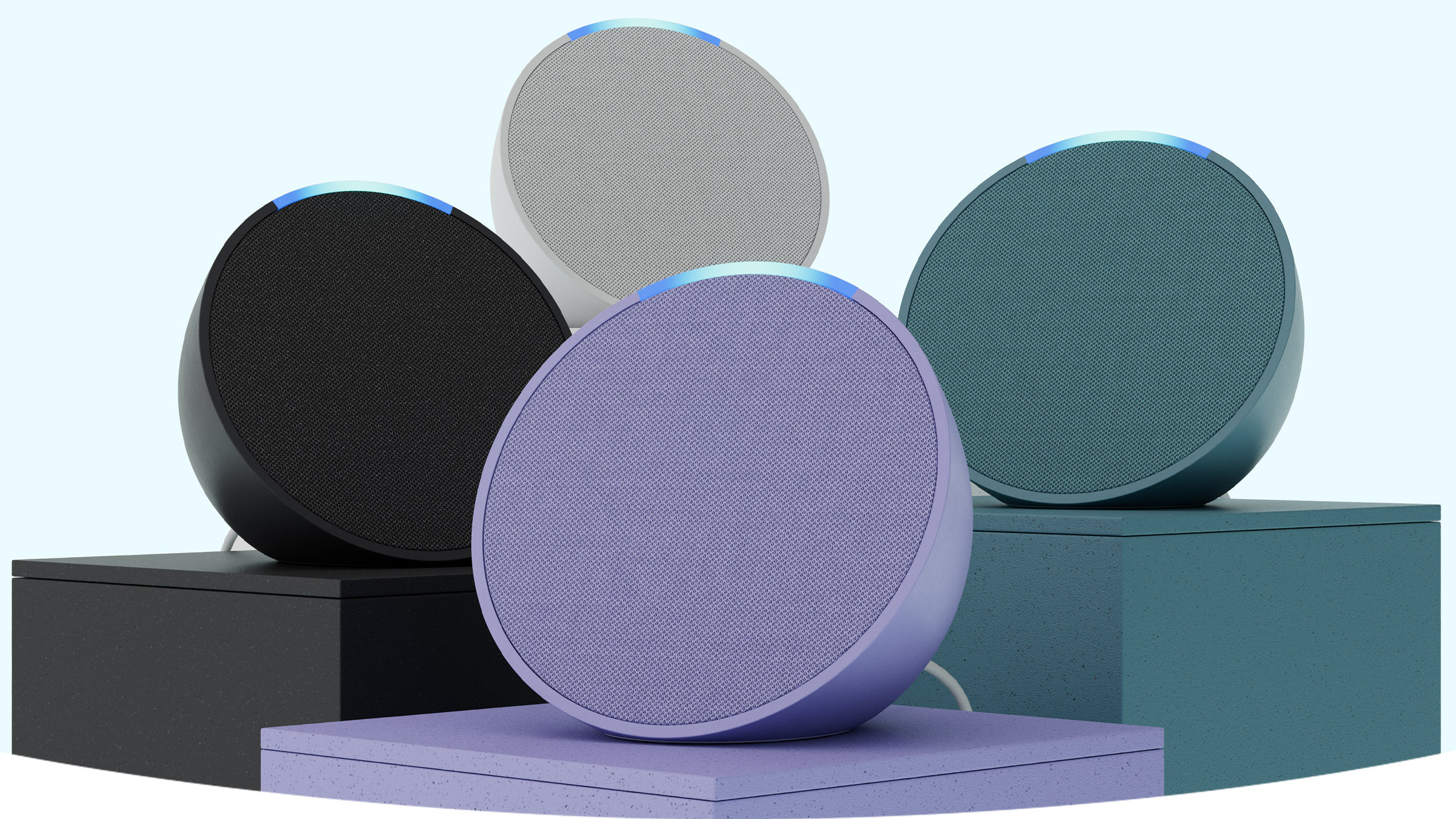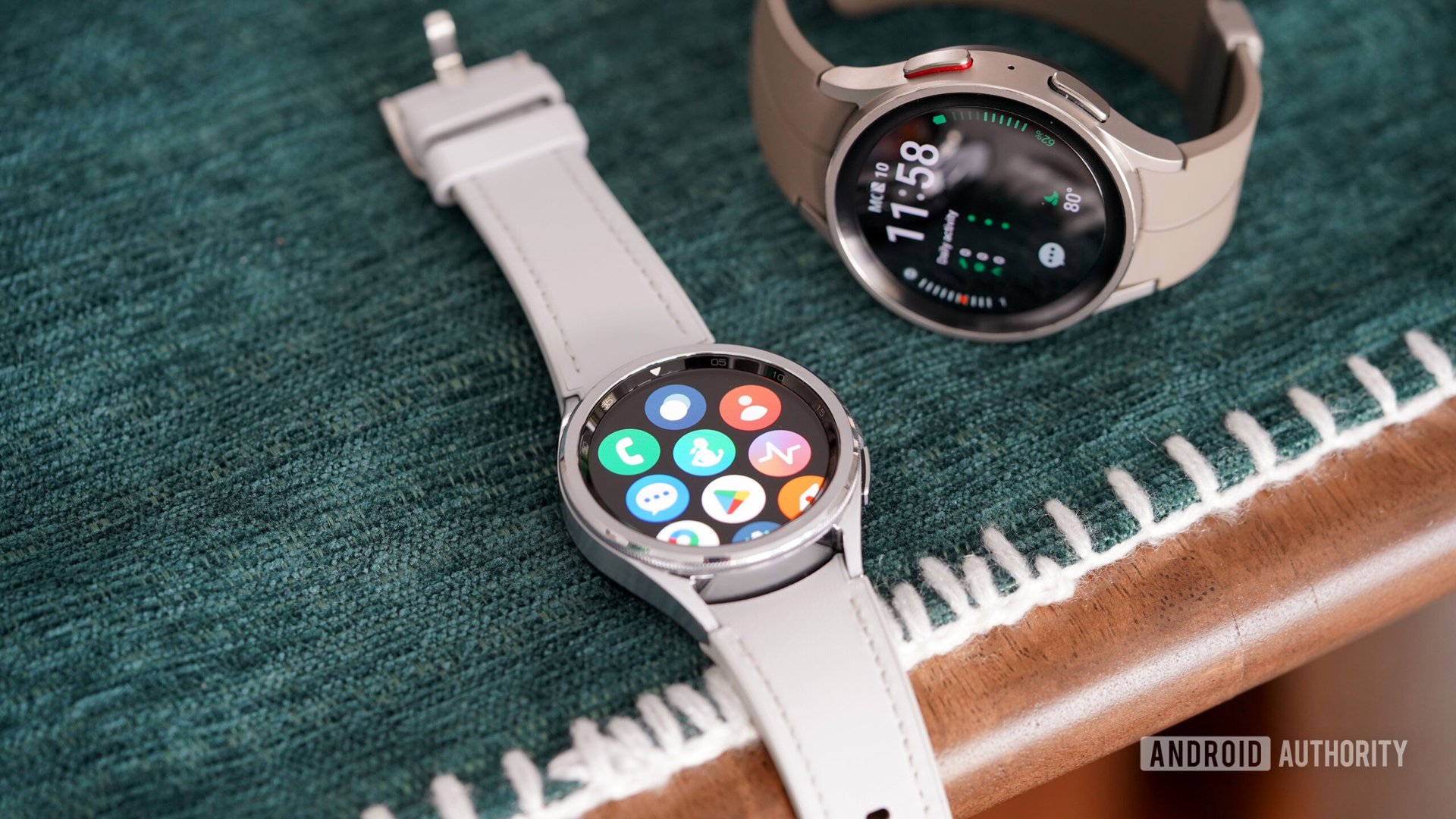Introduction
Medical clothing plays a crucial role in maintaining hygiene, safety, and professionalism in healthcare environments. It includes items such as scrubs, lab coats, surgical gowns, face masks, gloves, caps, and footwear designed for use by healthcare professionals. These garments are essential in preventing the spread of infections, providing comfort during long shifts, and ensuring compliance with health standards. With rising healthcare awareness, expanding medical infrastructure, and ongoing emphasis on infection control, the medical clothing market has gained significant importance in the global healthcare ecosystem.
Market Size
Data Bridge Market Research analyses that the global medical clothing market which was USD 97.29 Billion in 2022, is expected to reach USD 178.67 Billion by 2030 and is expected to undergo a CAGR of 8.1% during the forecast period of 2023 to 2030. “Professional Apparel” dominates the product segment of the global medical clothing market owing to the increasing prevalence of cancer among the population. In addition to the insights on market scenarios such as market value, growth rate, segmentation, geographical coverage, and major players, the market reports curated by the Data Bridge Market Research also include depth expert analysis, patient epidemiology, pipeline analysis, pricing analysis, and regulatory framework.
Market Share
Hospitals and surgical centers hold the dominant share in the medical clothing market, accounting for nearly 55% of total consumption. These facilities require a consistent and large-scale supply of medical clothing for doctors, nurses, surgeons, and support staff. Outpatient clinics and home healthcare services are expanding their presence in the market as well, especially in developing regions where access to healthcare is improving. Regionally, North America holds the largest market share, followed closely by Europe, both benefiting from well-established healthcare systems and high spending per capita. Asia-Pacific is the fastest-growing region due to increasing healthcare investments, urbanization, and awareness about infection control.
Market Trends
Several trends are shaping the medical clothing market. One significant trend is the growing preference for sustainable and reusable medical apparel. With growing environmental consciousness, manufacturers are developing eco-friendly fabrics and reusable gowns and scrubs that can withstand multiple laundering cycles without losing performance. Technological integration is another key trend, with smart fabrics being explored to monitor vital signs or detect pathogens. Customization and aesthetic design in scrubs and lab coats are also gaining popularity, helping medical professionals feel more comfortable and confident. Another noticeable trend is the integration of antimicrobial coatings and fabrics in clothing to enhance safety and reduce infection risks.
Market Growth
The medical clothing market is experiencing steady and strong growth due to several reinforcing factors. Expanding healthcare access in developing countries, along with government initiatives to upgrade hospital infrastructure, is significantly increasing demand for medical clothing. Growth in specialized healthcare segments such as geriatrics, pediatrics, and surgery is leading to more segmented and functional clothing lines. Technological advancements in materials science and textile manufacturing are allowing for more durable, comfortable, and high-performance apparel. The market is also benefiting from a cultural shift toward hygiene and preventive healthcare, which has increased the adoption of medical-grade clothing even outside traditional medical settings.
Market Demand
The demand for medical clothing is consistently rising due to the growing global healthcare workforce, increased hospital admissions, and the expansion of outpatient and home healthcare services. Hospitals and surgical centers generate the highest demand for sterile, single-use gowns, gloves, and surgical apparel. Outpatient clinics, diagnostic labs, and emergency response teams also require a regular supply of clothing to ensure safety and professionalism. Long-term care facilities and elderly care centers represent a growing demand base for comfortable and functional clothing for both staff and patients. In addition, demand from dental clinics, veterinary services, and wellness centers is expanding, adding new layers to the market. The shift toward infection prevention and regulatory compliance continues to drive demand for high-quality, standardized apparel across all medical sectors.
Factors Driving Growth
Several factors are driving the robust growth of the medical clothing market. One of the most significant drivers is the global increase in healthcare expenditure, which enables hospitals and clinics to invest in high-quality protective gear. The growing burden of infectious diseases and the emphasis on hygiene and safety in medical environments are increasing the adoption of sterile and antimicrobial clothing. Rising numbers of surgeries, diagnostic procedures, and emergency treatments require a consistent supply of clean and protective apparel. The expansion of the healthcare workforce, including doctors, nurses, technicians, and support staff, is fueling continuous demand. Aging populations across the globe are leading to an increase in hospital stays and long-term care, which further boosts clothing needs. The growth of outpatient care and telehealth services has also broadened the scope of usage, with more healthcare professionals requiring mobile, functional attire. Moreover, the influence of government policies and health regulations mandating protective clothing in healthcare settings is a critical growth driver. The increasing number of healthcare-acquired infections (HAIs) has led to the implementation of stricter protocols, further solidifying the importance of medical clothing in risk reduction and safety.
Conclusion
The medical clothing market is evolving rapidly, driven by heightened awareness, global health challenges, and advancements in textile technologies. As healthcare systems around the world continue to expand and modernize, the demand for safe, functional, and sustainable medical clothing will remain a critical component of healthcare delivery. From hospitals and emergency rooms to home care and outpatient clinics, the importance of proper apparel is being recognized as a frontline defense against infection and contamination. The future of the medical clothing market lies in innovation, regulation, and the continued global commitment to health and hygiene. Companies that can adapt to changing consumer preferences, integrate sustainable practices, and deliver value-added features in their products are well-positioned to lead the next phase of growth in this essential industry.
 Like
0
Like
0
 Dislike
0
Dislike
0
 Love
0
Love
0
 Funny
0
Funny
0
 Angry
0
Angry
0
 Sad
0
Sad
0
 Wow
0
Wow
0

















































